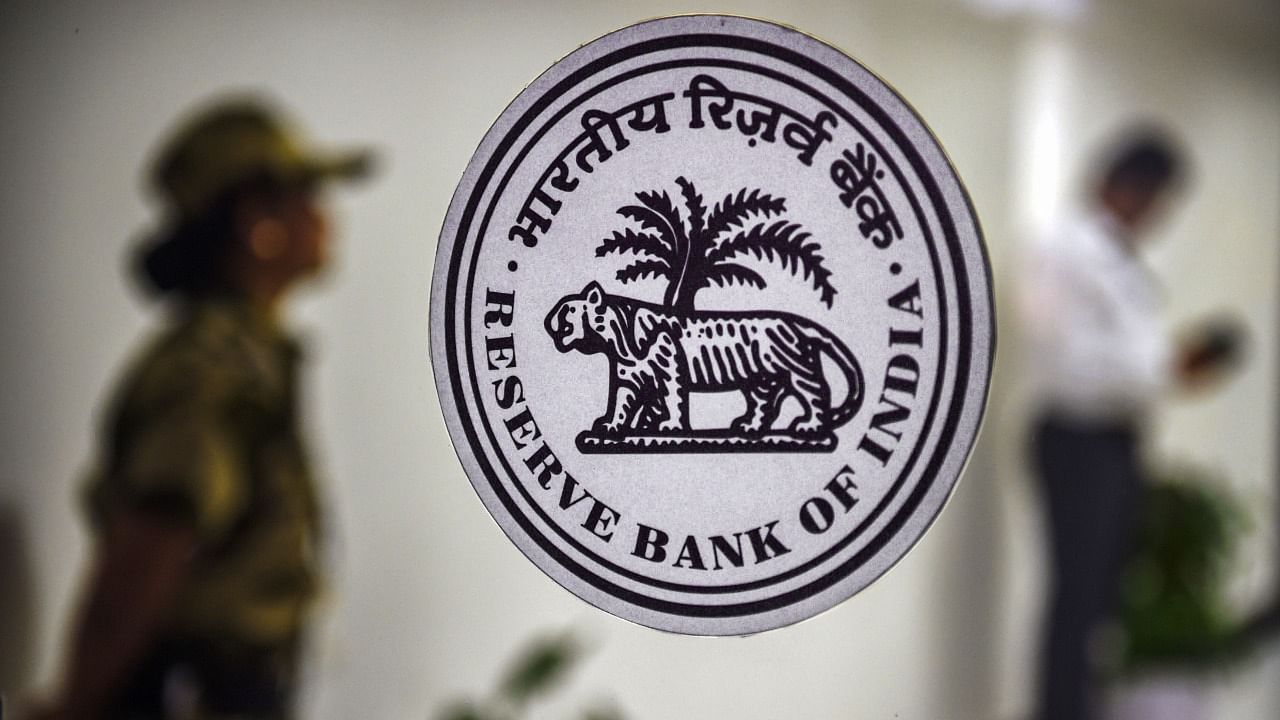
The Reserve Bank on Tuesday said it has decided not to activate the countercyclical capital buffer at this point in time as it is not required.
The framework on the countercyclical capital buffer (CCyB) was put in place by the Reserve Bank in terms of guidelines in February 2015 wherein, it was advised that the CCyB would be activated as and when the circumstances warranted and that the decision would normally be pre-announced.
The framework envisages the credit-to-GDP gap as the main indicator, which may be used in conjunction with other supplementary indicators.
"Based on the review and empirical analysis of the CCyB indicators, it has been decided that it is not necessary to activate CCyB at this point in time," the central bank said in a statement.
The credit-to-GDP gap shall be the main indicator in the CCCB framework in India.
As per the RBI, the aim of the CCyB regime is two-fold.
Firstly, it requires banks to build up a buffer of capital in good times, which may be used to maintain the flow of credit to the real sector in difficult times.
Secondly, it achieves the broader macroprudential goal of restricting the banking sector from indiscriminate lending in periods of excess credit growth that have often been associated with the building up of system-wide risk.
In the backdrop of the 2008 global financial crisis, the Group of Central Bank Governors and Heads of Supervision (GHOS), the overseeing body of the standards set by the Basel Committee, had envisaged the introduction of a framework on countercyclical capital measures.
Check out latest DH videos here